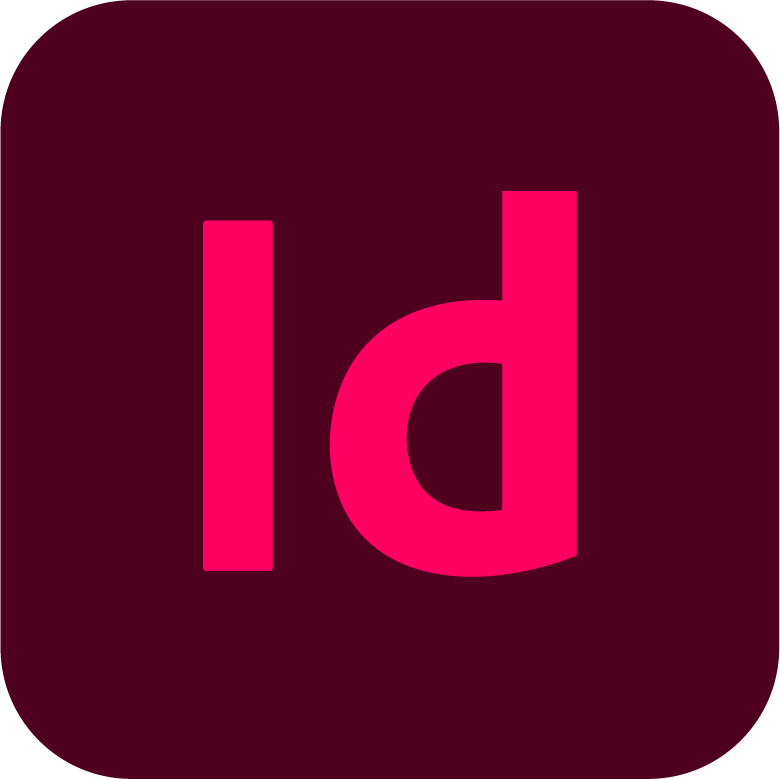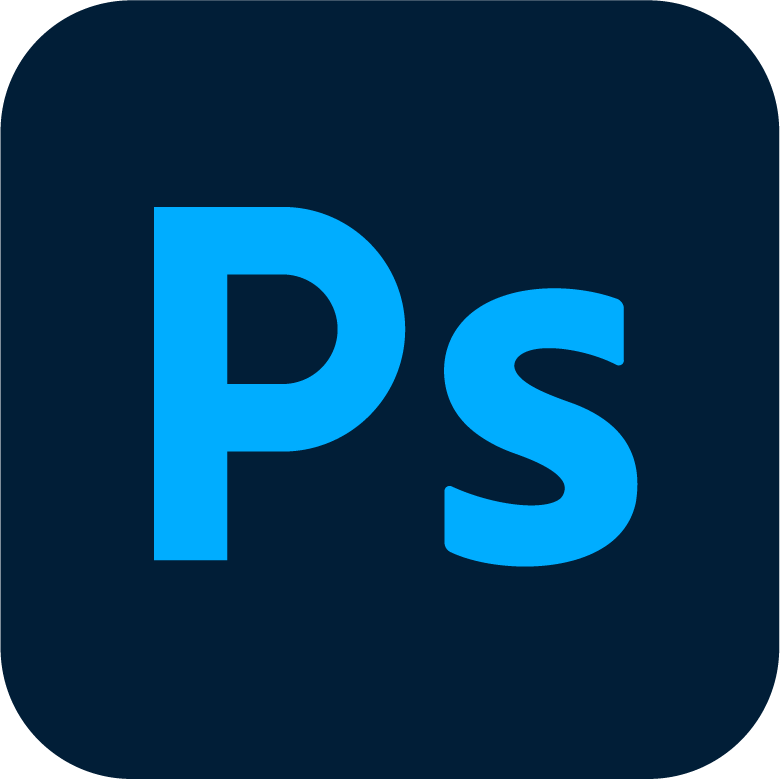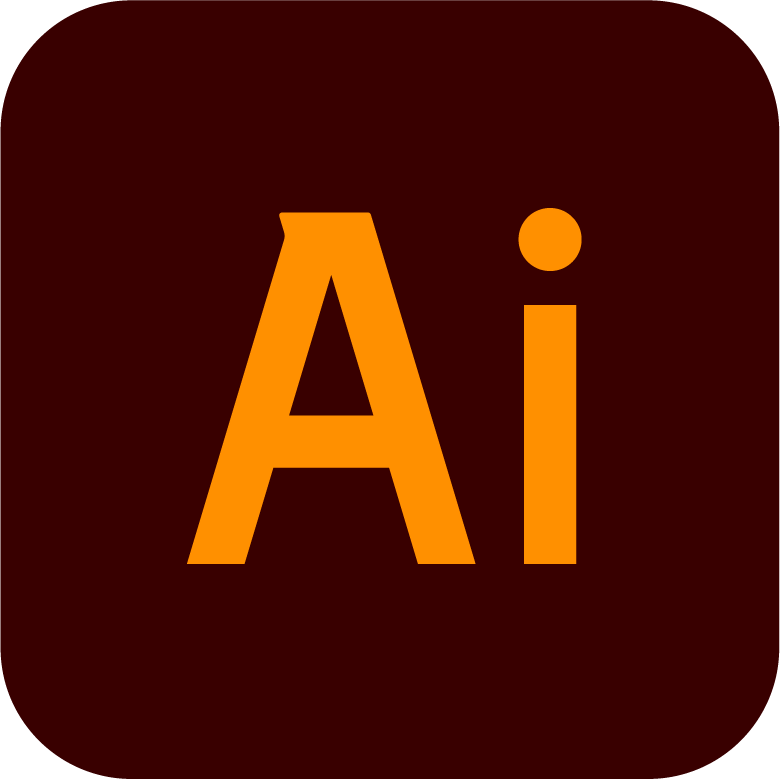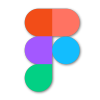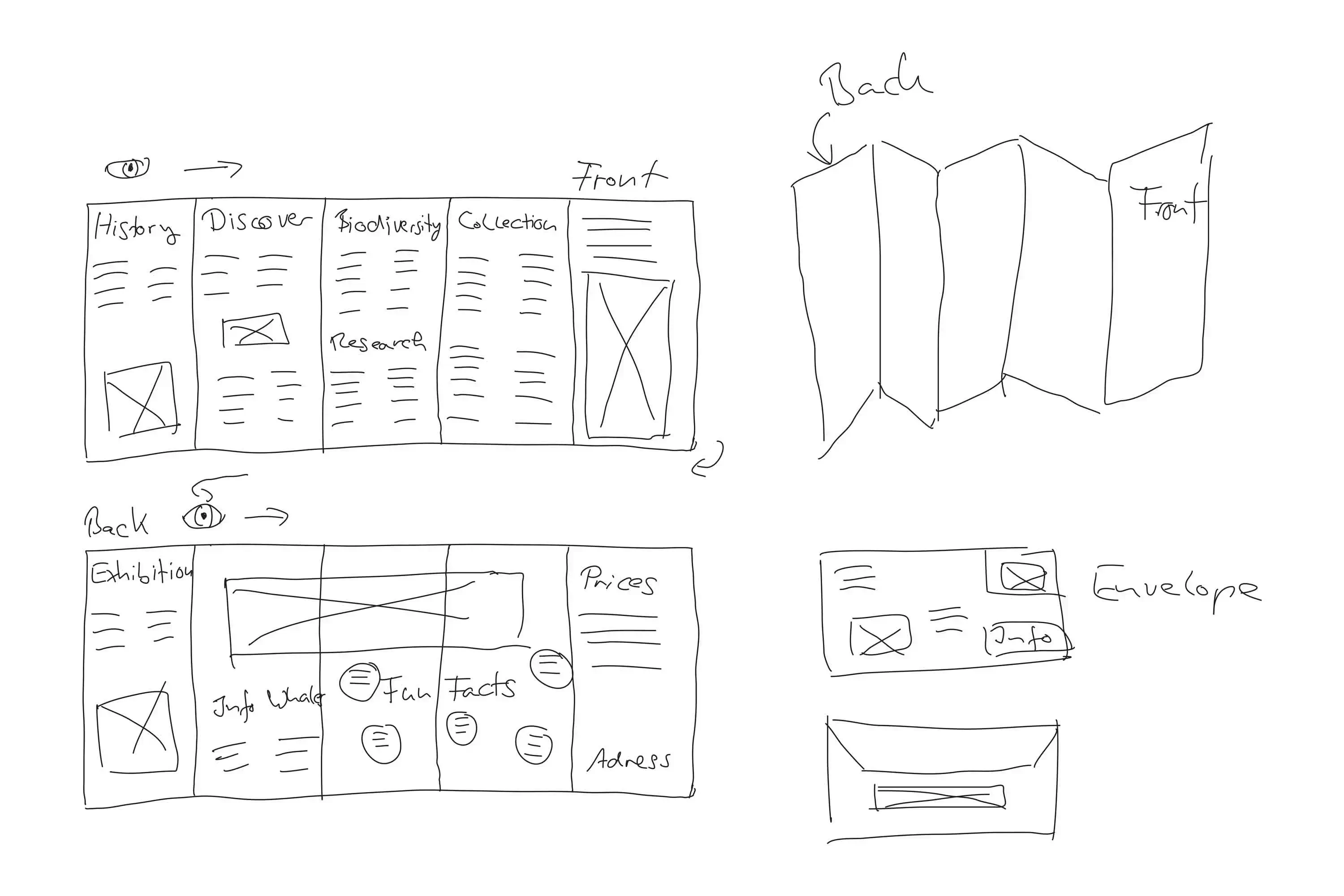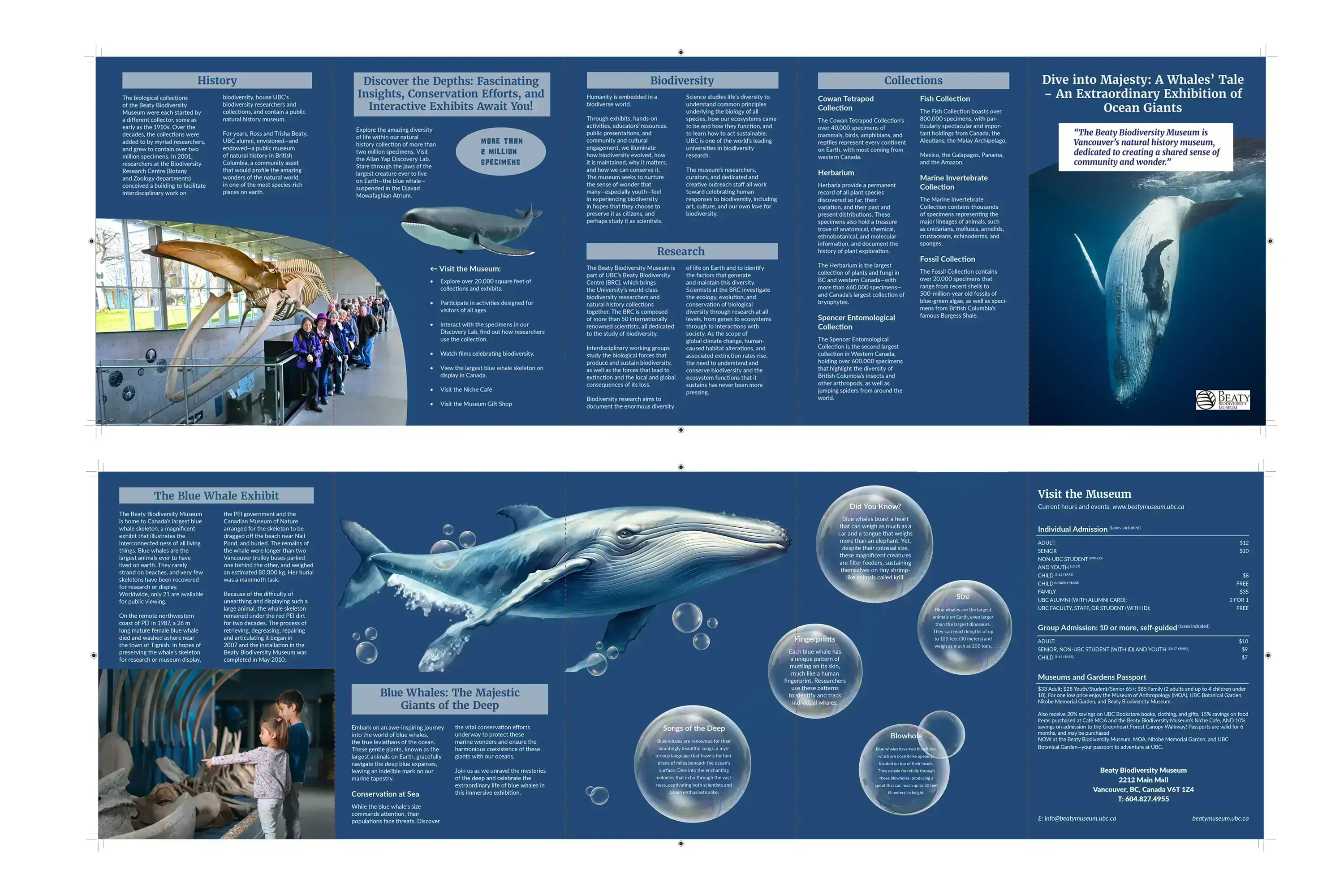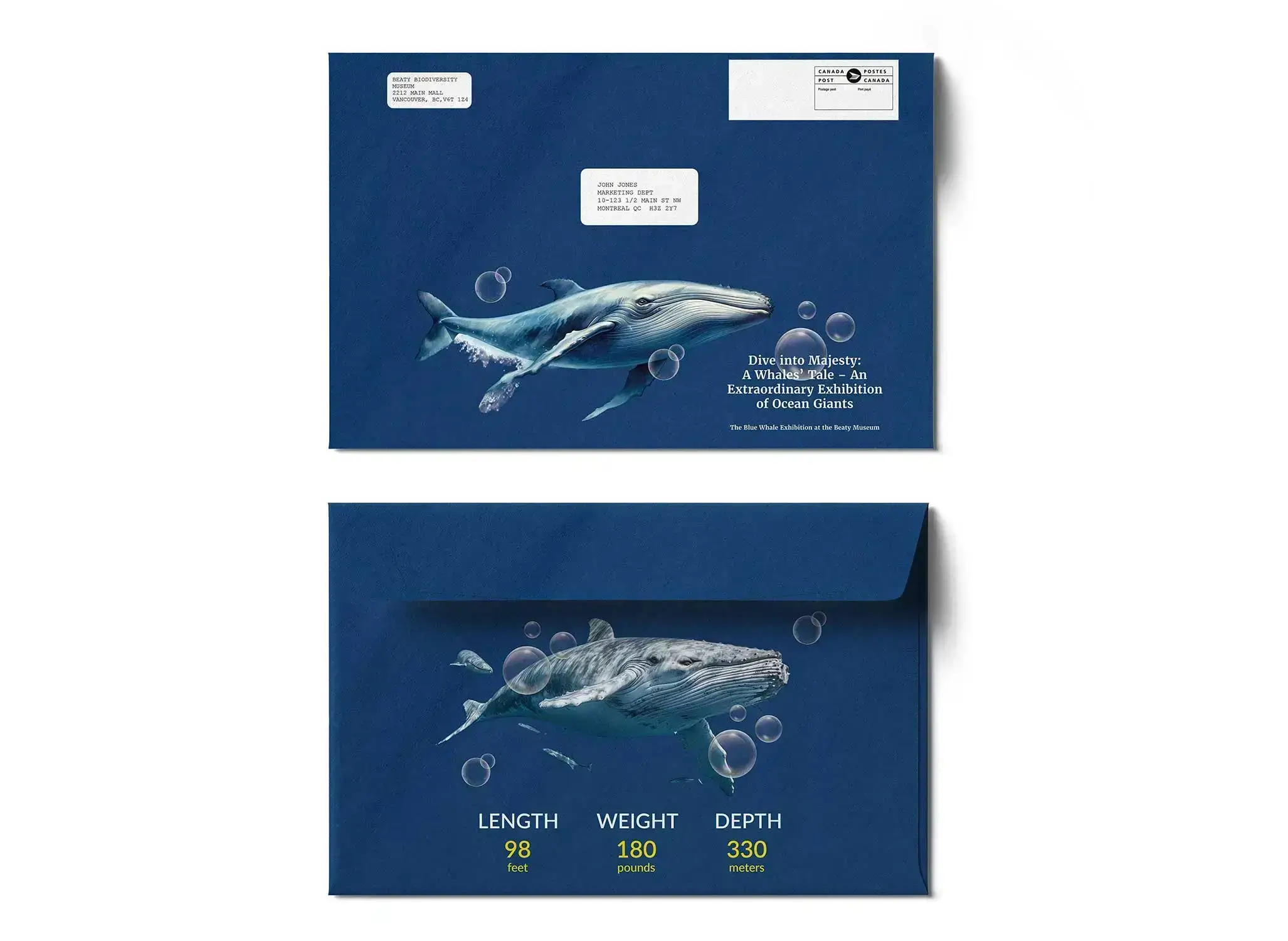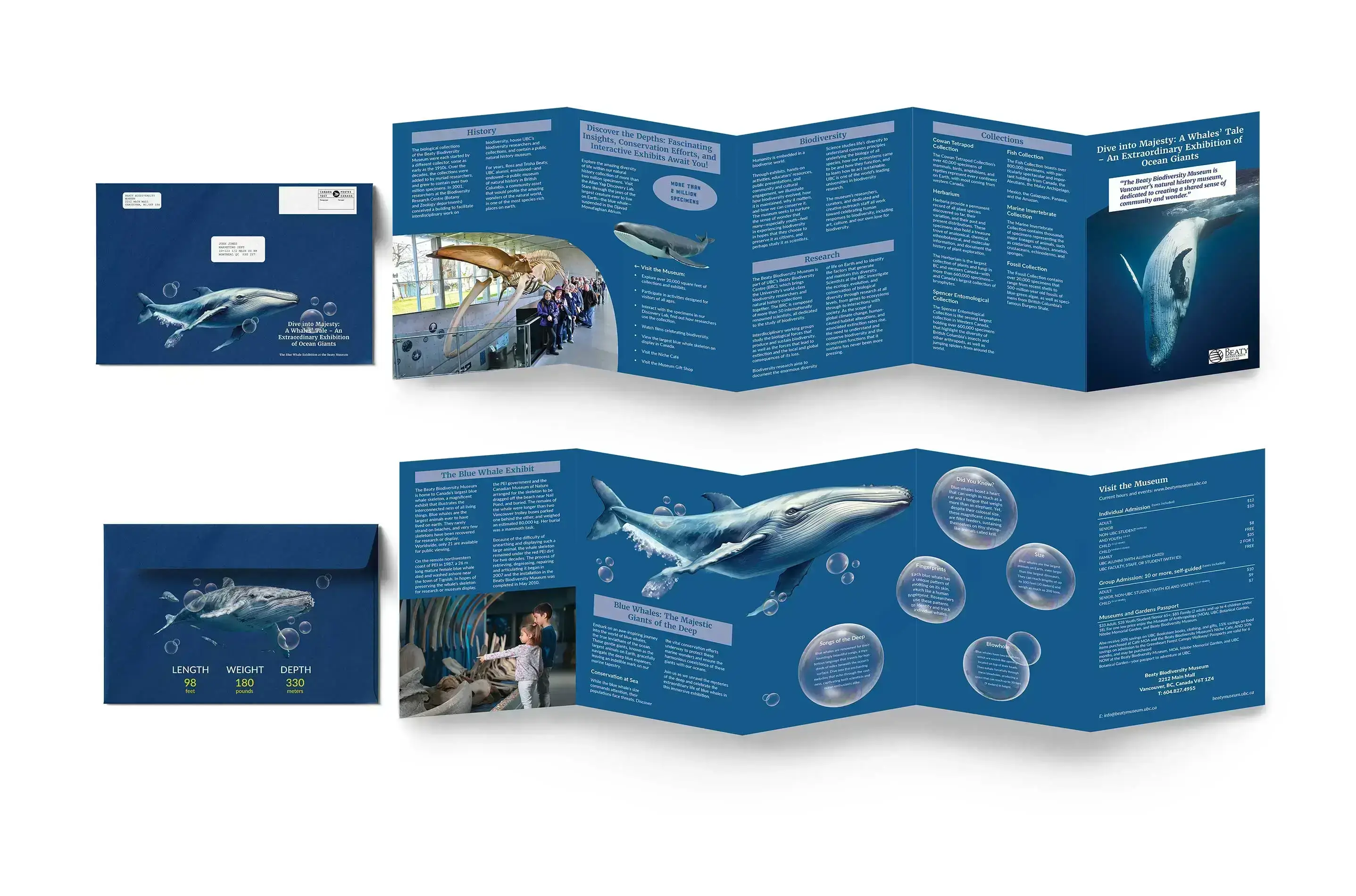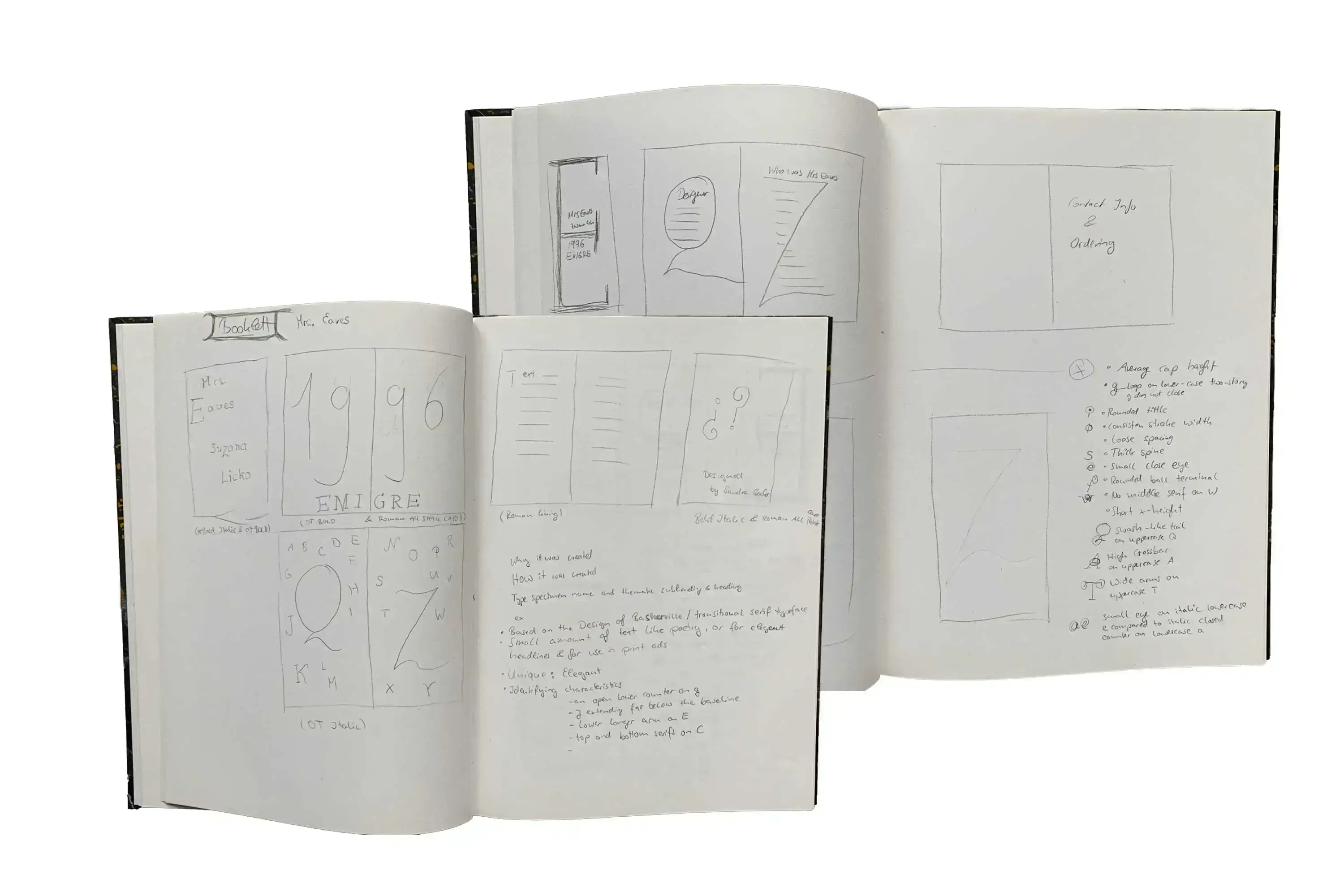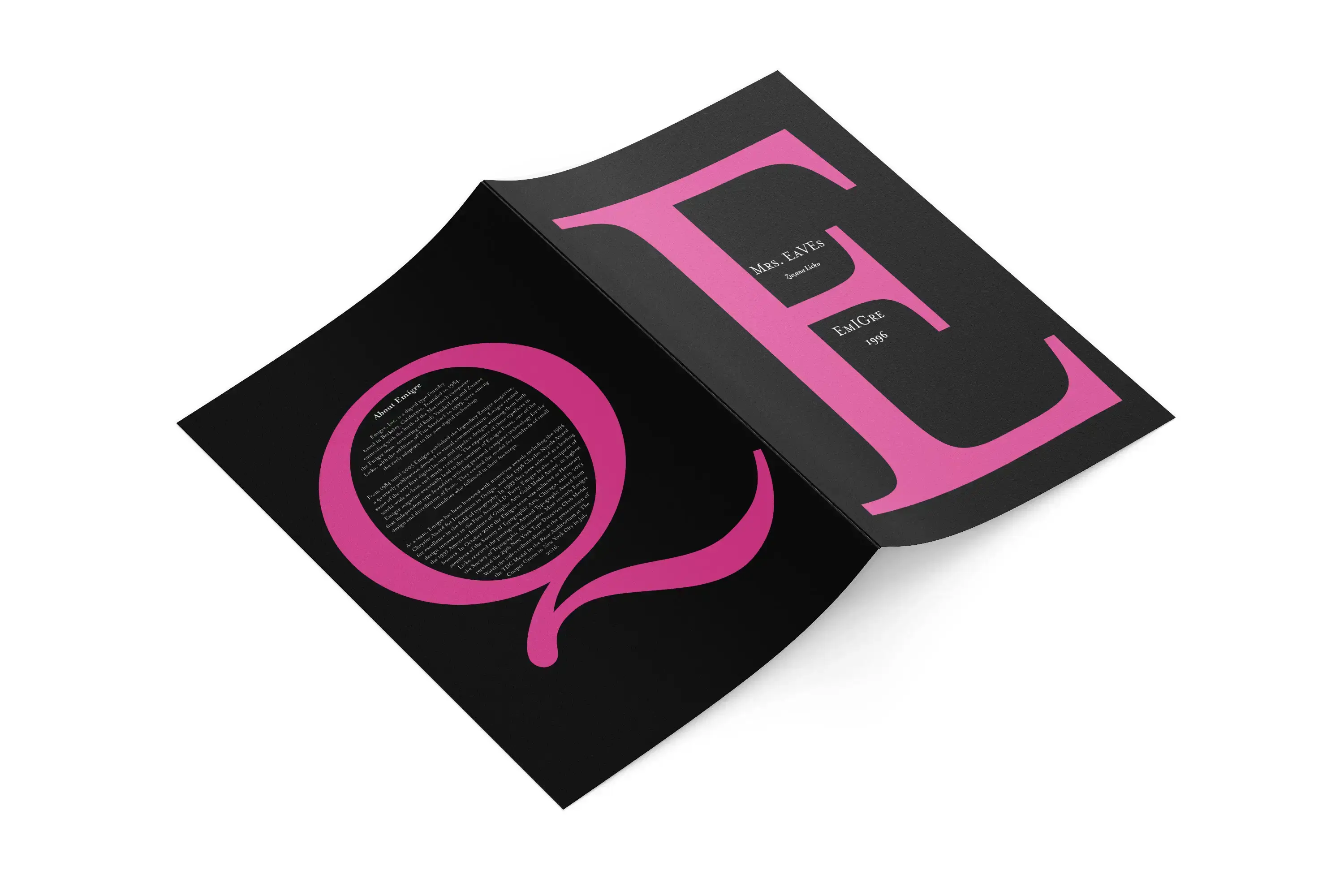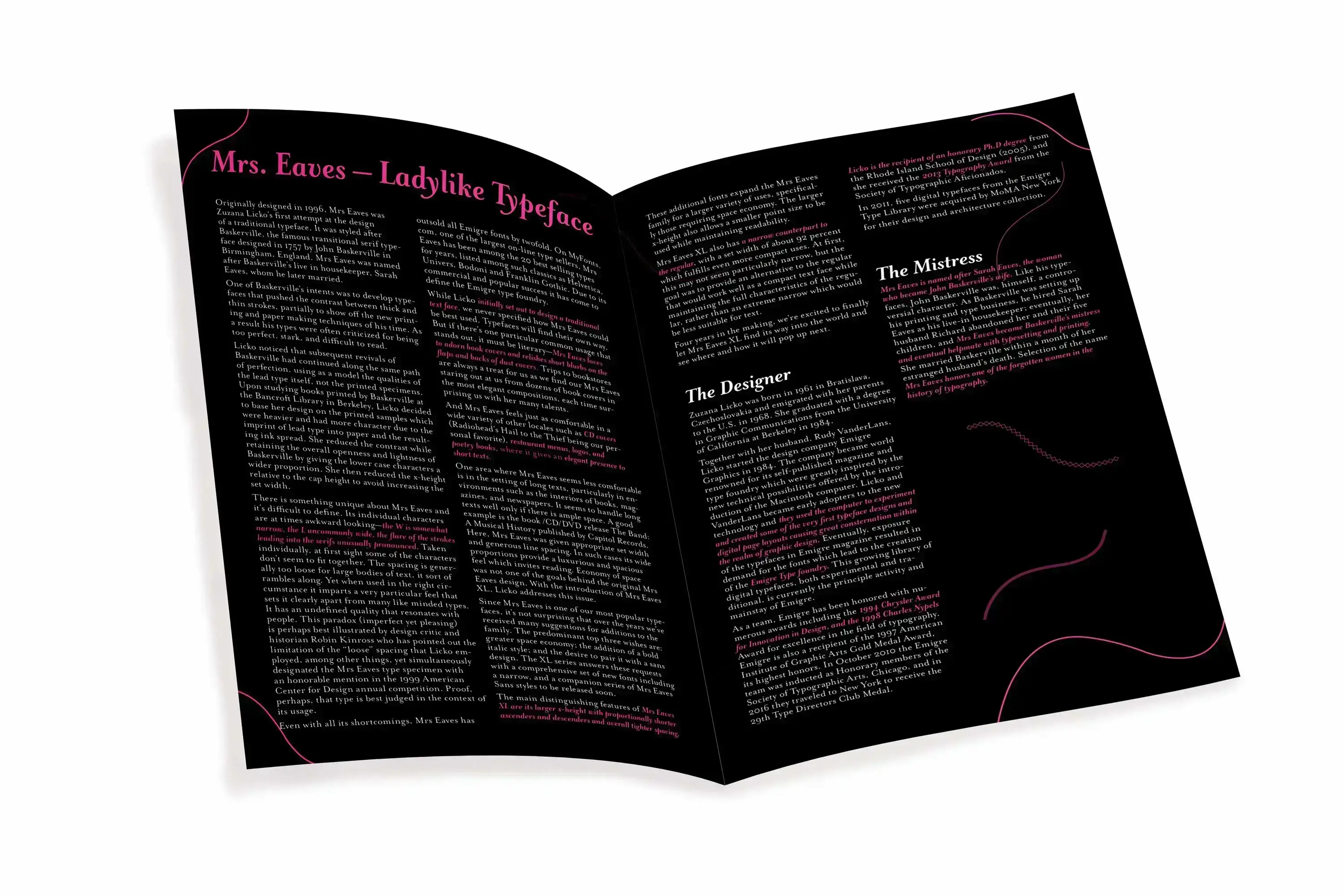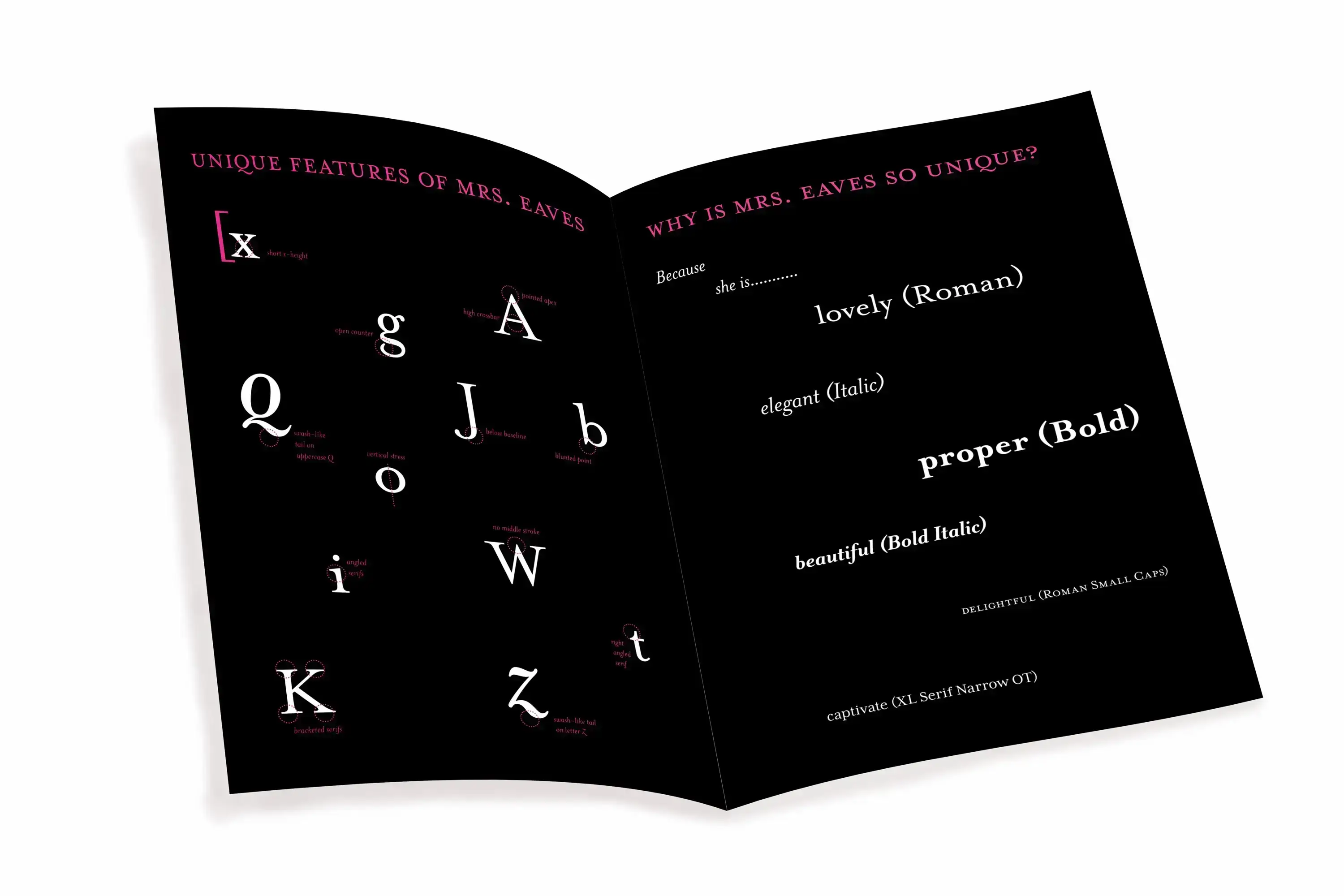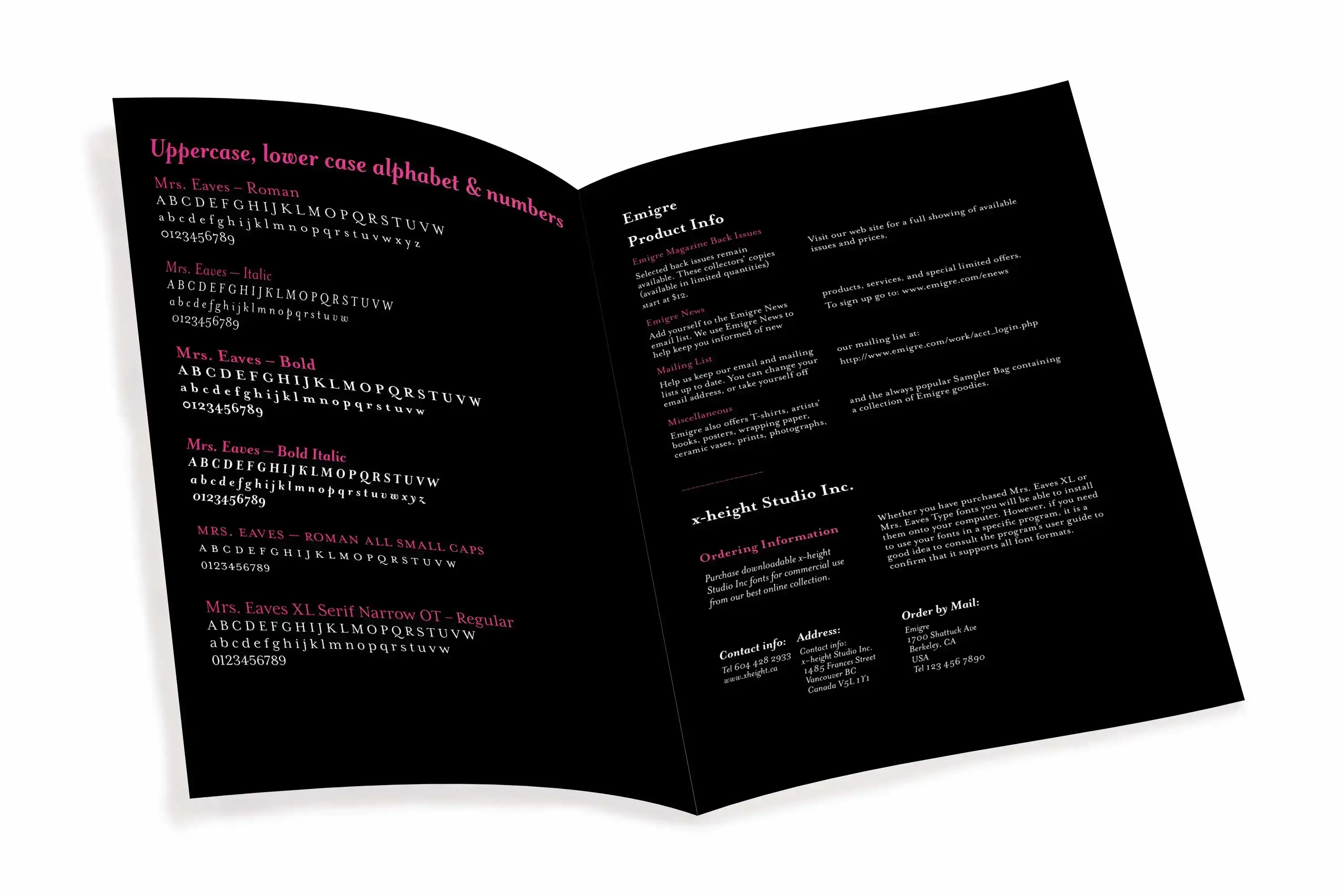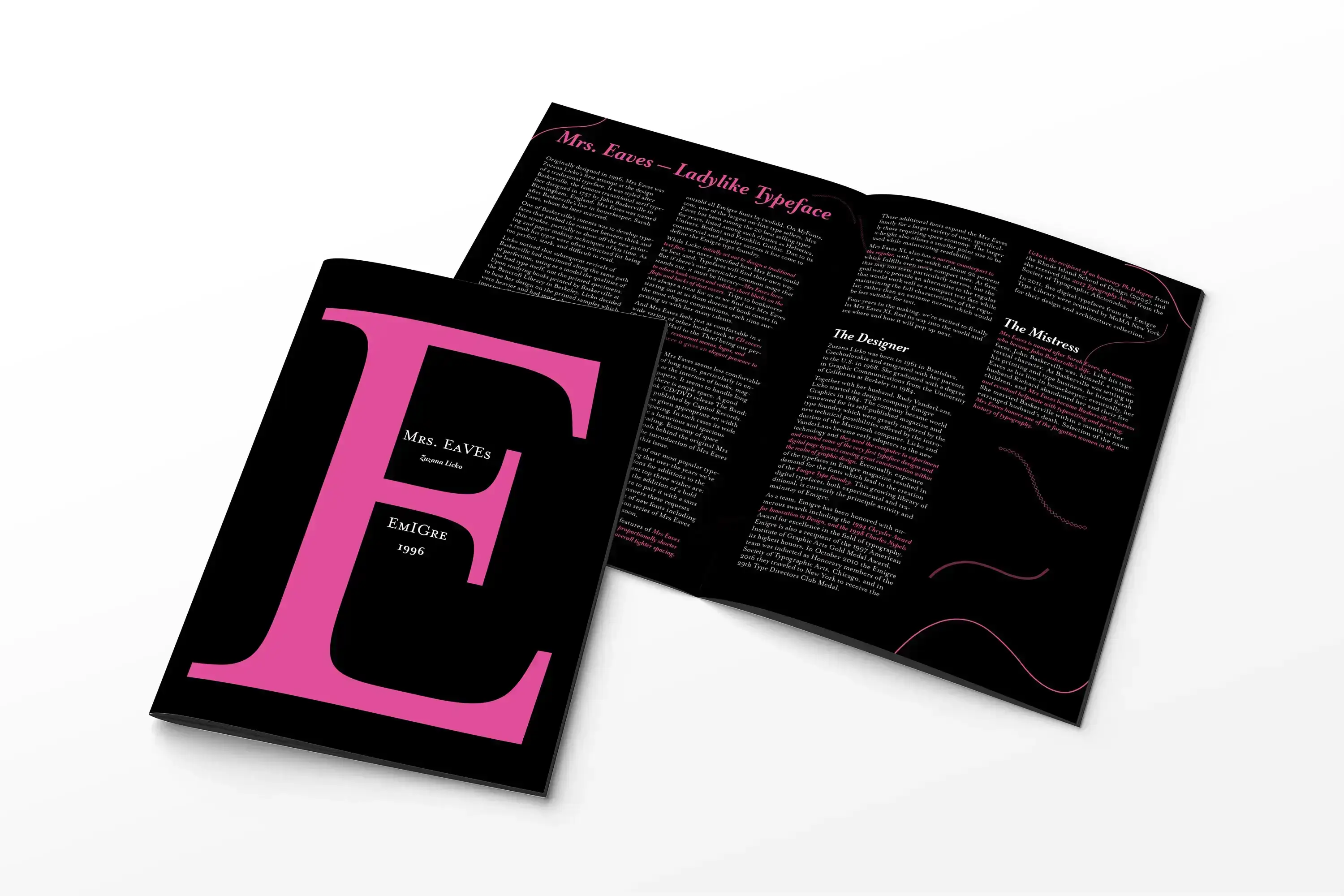Design Process
My design process began with a sketch of the brochure in Figma. I then created a mood board to gather inspiration for the images and fonts.
I aimed to craft a classic yet engaging layout, incorporating white space to prevent the reader from feeling overwhelmed by information and images. I also chose to design an envelope for mailing the brochure, including additional details about the whales and the exhibition. This approach is intended to pique the curiosity of the recipient.

